Golden Age of Hollywood
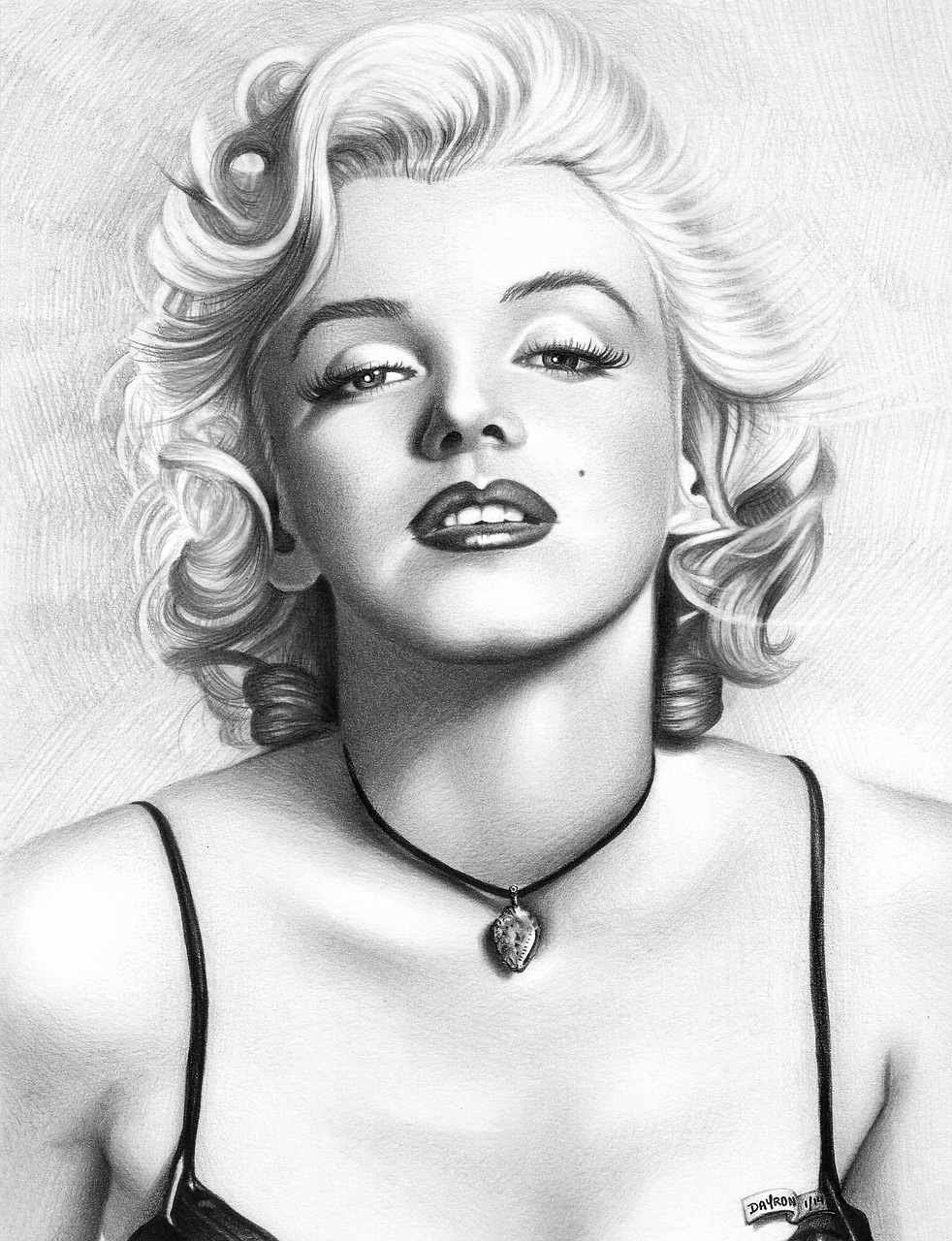
The Golden Age of Hollywood, from the Silent Era (about the 1910s) to 1959 produced many classic films that endure to this day and iconic movie stars who have become international, household names.
Hollywood became famous for all things cinematic - the most powerful filmmaking center of the world.
It became known as Tinseltown because of the glittering image of the movie industry.
And, it was the "dream factory" via the big screen, showcasing the American Dream through heroes and heroines that the public could identify.
The Golden Age of Hollywood was a truly "golden age" of filmmaking innovation that brought international recognition and prestige to its movie stars.
Genre films, comedy, westerns, gangster, drama and musicals were produced by the Big Five studios: Metro-Goldwyn-Mayer, Warner Bros, Paramount, Fox and RKO who held the rights to the movies, had leading stars in multi-year contracts and even owned all the major theaters.
Later, there were also the smaller studios like Universal, United Artists and Columbia.
Vertical Integration
By the 1930s, Hollywood studios became vertically integrated through direct ownership that flourished until 1948 - production, distribution, and exhibition were handled "in-house" rather than relying on external sources.
The studio system also made technological advances through talking movies, picture quality, studio lighting and color film.
Star Power
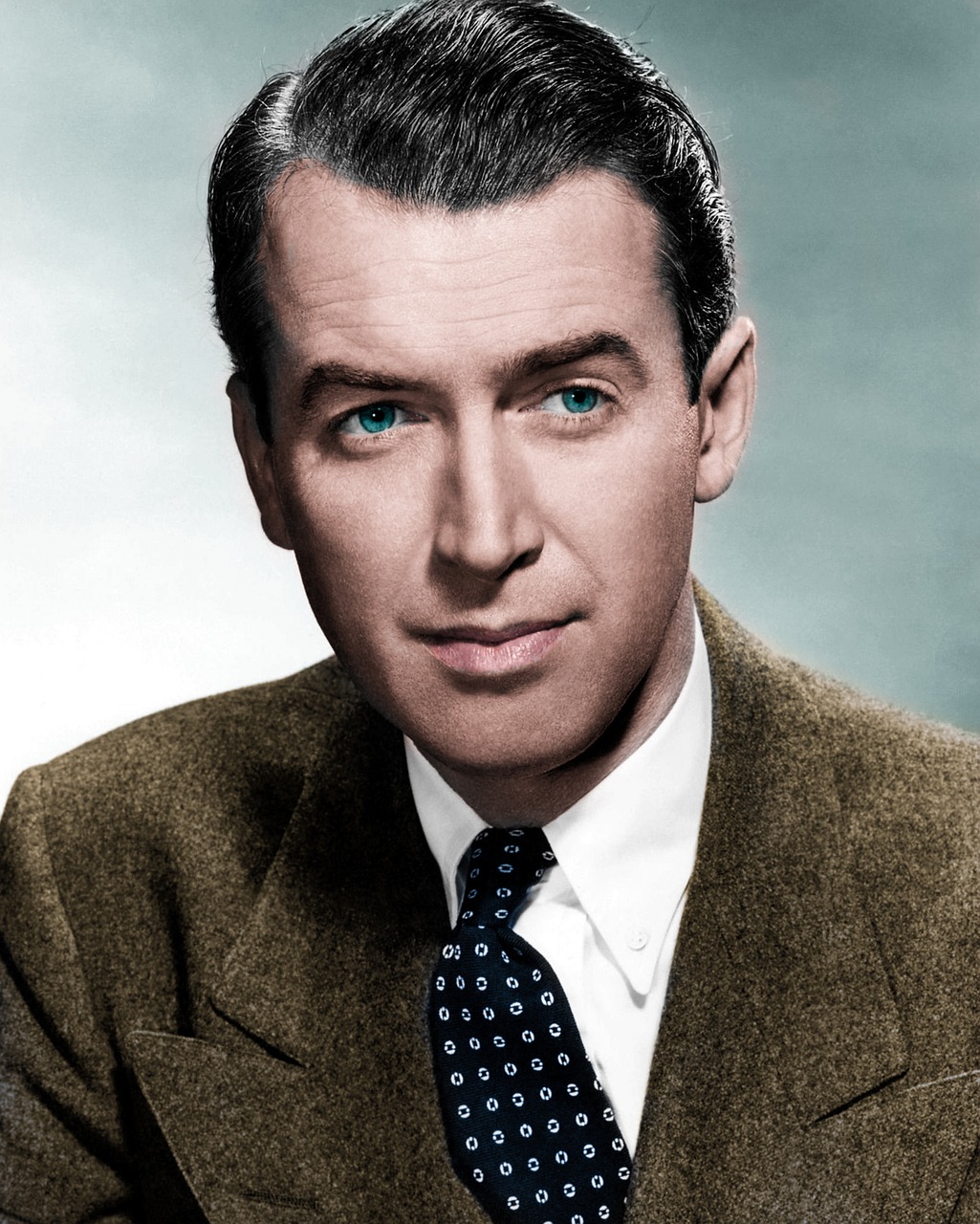
Every one of “the Big 5” studios had their own “bankable” stars to drive a film to success at the box office.
Some of the biggest stars of the Golden Age of Hollywood were sought after for their looks, charisma and for their unique presence that flowed through unseen currents from the screen to the viewing public in an incandescence of memorable performances and public adoration.
Iconic movie stars were never bigger in cinema than they were in the Golden Age of Hollywood - they commanded attention and created an emotional connection with adoring fans.
Photographs from the Golden Age of Hollywood by George Hurrell (1904–1992) are widely regarded as timeless images of many of the most glamorous figures of filmdom's golden era - he was the preeminent, Hollywood portrait photographer of the 1930s and 1940s.
Movie studios would groom and promote promising young actors and actresses by creating personas for them and often creating new names.
Silent Era

The Silent Era was the first major period in cinematic history that revolutionized entertainment and launched the careers of many stars who became screen icons.
It began in 1894 when the first paying customers lined up at a Kinetoscope Parlor showing films made by Thomas Edison near the corner of Broadway and 27th Street in Manhattan.
The Kinetoscope marked the inception of modern cinematography - as the film industry grew during this period, it was based in New York and New Jersey.
In Old California
In Old California is the first Silent Era, Western film shot in Hollywood in 1910 about the Mexican era of California directed by D. W. Griffith of the American Mutoscope and Biograph Company (then based in New York City).
Director, D. W. Griffith discovered the village of Hollywood during his many trips to California and decided to film there because of the beautiful rural scenery filmmakers needed, the good weather that allowed filming year round and friendly people.
The first movie studio in Hollywood was the Nestor Film Company that opened on October 27, 1911.
Silent films captured the essence of the facial look to express an emotion or an action - actors and actresses were visually storytelling.
Movie studios sent cue sheets to theaters with the films for a solo piano or organist to play along throughout the movie screening for the cinema audience.
In larger cities, chamber groups, bands and even orchestras would accompany film screenings while audiences would often talk, cheer or boo at the various characters on the screen.
Silent movies could be seen by diverse audiences because it overcame the language barrier for the millions of immigrants coming to America in the early 20th century.
Charlie Chaplin became an international icon because of his on-screen persona, "The Tramp," a character he introduced in his 1915 silent film.
Famous Silent Film Stars
Silent film stars included Charlie Chaplin, Buster Keaton, Harold Lloyd, Laurel and Hardy, Lillian Gish, Greta Garbo, Rudolph Valentino, Douglas Fairbanks, Mary Pickford, Lon Chaney, Theda Bara, Chester Conklin, Clara Bow, John Gilbert, Gloria Swanson, Louise Brooks, John Barrymore, Lionel Barrymore, Ethel Barrymore, Betty Bronson, Fatty Arbuckle.
Al Jolson
Al Jolson (born Asa Yoelson, May 26, 1886 – October 23, 1950) was a Lithuanian-born American singer, actor, and vaudevillian who was one of the United States' most famous and highest-paid stars of the 1920s with his dynamic style of singing jazz and blues.
He was the star of the first talking picture, The Jazz Singer (1927).
Famous Silent Era Cowboys
The Hollywood cowboy trail was paved by silent-era heroes, led by Gilbert M. “Broncho Billy” Anderson, William S. Hart and Tom Mix.
"Broncho Billy" Anderson
"Broncho Billy" Anderson (March 21, 1880 – January 20, 1971) was the first star of the Western film genre who received a special Academy Award for being a pioneer of the film industry in 1958.
He played three film roles in “The Great Train Robbery” but it was his 148 western shorts playing cowboy Bronco Billy that made him a star.
"Broncho Billy "Anderson was honored posthumously in 1998 with his image on a U.S. postage stamp.
In 2002, he was inducted into the Western Performers Hall of Fame at the National Cowboy & Western Heritage Museum in Oklahoma City, Oklahoma.
He also has a motion pictures star on the Hollywood Walk of Fame at 1651 Vine Street in Hollywood.
William S. Hart
William Surrey Hart (December 6, 1864 – June 23, 1946) was an American silent film actor, screenwriter, director and producer during the late 1910s and early 1920s who "imbued all of his characters with honor and integrity".
Tom Mix
Thomas Edwin Mix (January 6, 1880 – October 12, 1940) was an American film actor and the star of many early Western films between 1909 and 1935.
He appeared in 291 films, all but nine of which were silent films and is considered the first Western megastar.
Golden Age of Hollywood - The "Talkies"

In 1927, The Jazz Singer, directed by Alan Crosland and produced by Warner Bros. Pictures became the first sound with synchronized music and vocal track to truly capture the public imagination and effectively marked the end of the silent film era with six songs performed by Al Jolson.
By the early 1930s, the “talkies” became a theatre sensation with some Silent Era actors and actresses being able to continue their careers into the Golden Age of Hollywood that included Wallace Beery, Norma Shearer, Laurel and Hardy, Greta Garbo and Janet Gaynor making a successful transition while several others came to a rapid end.
Film techniques had improved greatly and European emigres were putting their own very personal stamp on directing and screen writing.
Their legacies as on-screen icons endure, with many ranking among the all-time great legends in American cinema.
1939
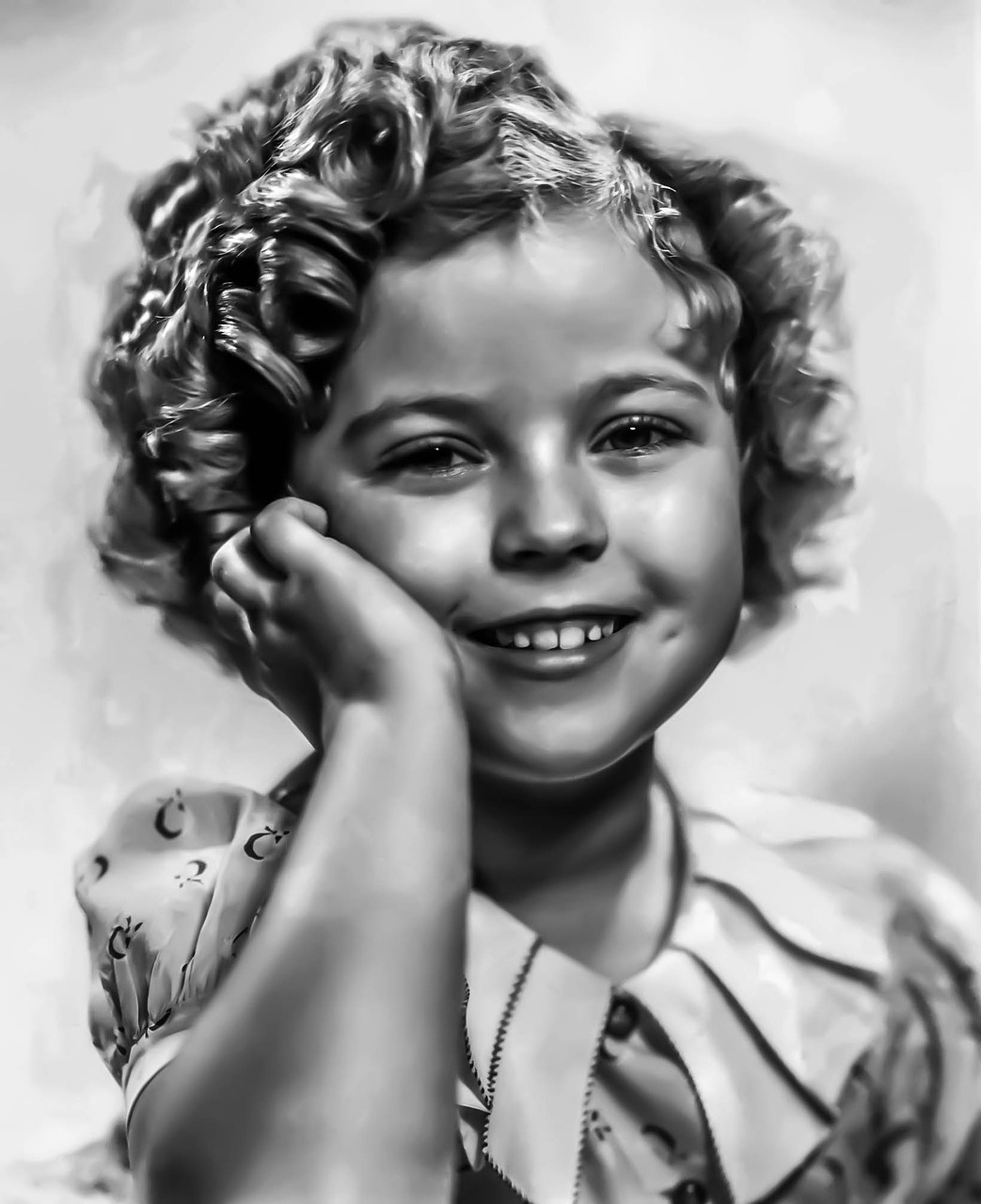
Golden Age of Hollywood
The thirties was defined by the Great Depression that began in 1929 and ended with the beginning of the Second World War in 1939.
During the 1930s, new genres were created, new stars were born and the studio system rose to mammoth status.
Film historians rate 1939 as "the greatest year in the history of Hollywood" producing a number of exceptional movies which have become all-time classic films in multiple genres than any other 12-month period in motion picture history - movies like The Wizard of Oz, Gone with the Wind, Mr. Smith Goes to Washington, Goodbye, Mr Chips, Dodge City, Jesse James and The Hunchback of Notre Dame dazzled and captivated audiences.
"It represents Old Hollywood at its best – the studio system, the star system, the way they made movies," says Thomas S. Hischak, author of 1939: Hollywood's Greatest Year.
Gone With The Wind is remembered as one of the greatest films of all time - Clark Gable was “The King of Hollywood”
Shirley Temple
Shirley Temple (April 23, 1928 – February 10, 2014) was an American actress, singer and dancer who was Hollywood's number-one box-office draw as a child actress from 1934 to 1938 and became one of the biggest stars in the world.
With her curly hair and dimples, she captured the hearts of Americans during the country's worst economic recession, the Great Depression.
Famous Movie Stars of the 1930s
Golden Age of Hollywood
Clark Gable, Shirley Temple, Marlene Dietrich, The Marx Brothers, Wallace Beery, Jean Harlow, Edward G. Robinson John Wayne, Gary Cooper, Norma Shearer, Marion Davies, Boris Karloff, Bela Lugosi, James Cagney, Fredric March, Miriam Hopkins, Leslie Howard, Bebe Daniels, Una Merkel, Robert Taylor, Barbara Stanwyck, Joan Blondell, Loretta Young, Joan Crawford, Claudette Colbert, Kay Francis, Maureen O'Sullivan, Fay Wray, Nelson Eddy, Jeanette MacDonald, William Powell, Myrna Loy, Carole Lombard, Spencer Tracy, Cary Grant, Mae West, W.C. Fields, Fred Astaire, Ginger Rogers, Bette Davis, Irene Dunne, Jean Arthur, Humphrey Bogart, Errol Flynn, Olivia de Havilland, James Stewart, Ann Sheridan, Henry Fonda, Tyrone Power, Mickey Rooney, Judy Garland, Lucille Ball, Rita Hayworth, Greer Garson, Rosalind Russell, Priscilla Lane, Margaret Sullavan, Ronald Colman, John Barrymore, Lionel Barrymore, Ethel Barrymore.
Bing Crosby
Harry Lillis "Bing" Crosby Jr. (May 3, 1903 – October 14, 1977) was an American singer, actor, television producer, television and radio personality who was the first multimedia star who was one of the most popular and influential musical artist of the 20th century worldwide.
Bing Crosby was a leader in record sales, network radio ratings, and motion picture grosses from 1926 to 1977.
He made over 70 feature films and recorded more than 1,600 songs.
For 15 years (1934, 1937, 1940, 1943–1954), Bing Crosby was among the top 10 acts in box-office sales, and for five of those years (1944–1948) he topped the world.
Guinness World Records recognizes "White Christmas" as the best-selling single of all time, selling 50 million copies globally.
The 1940s
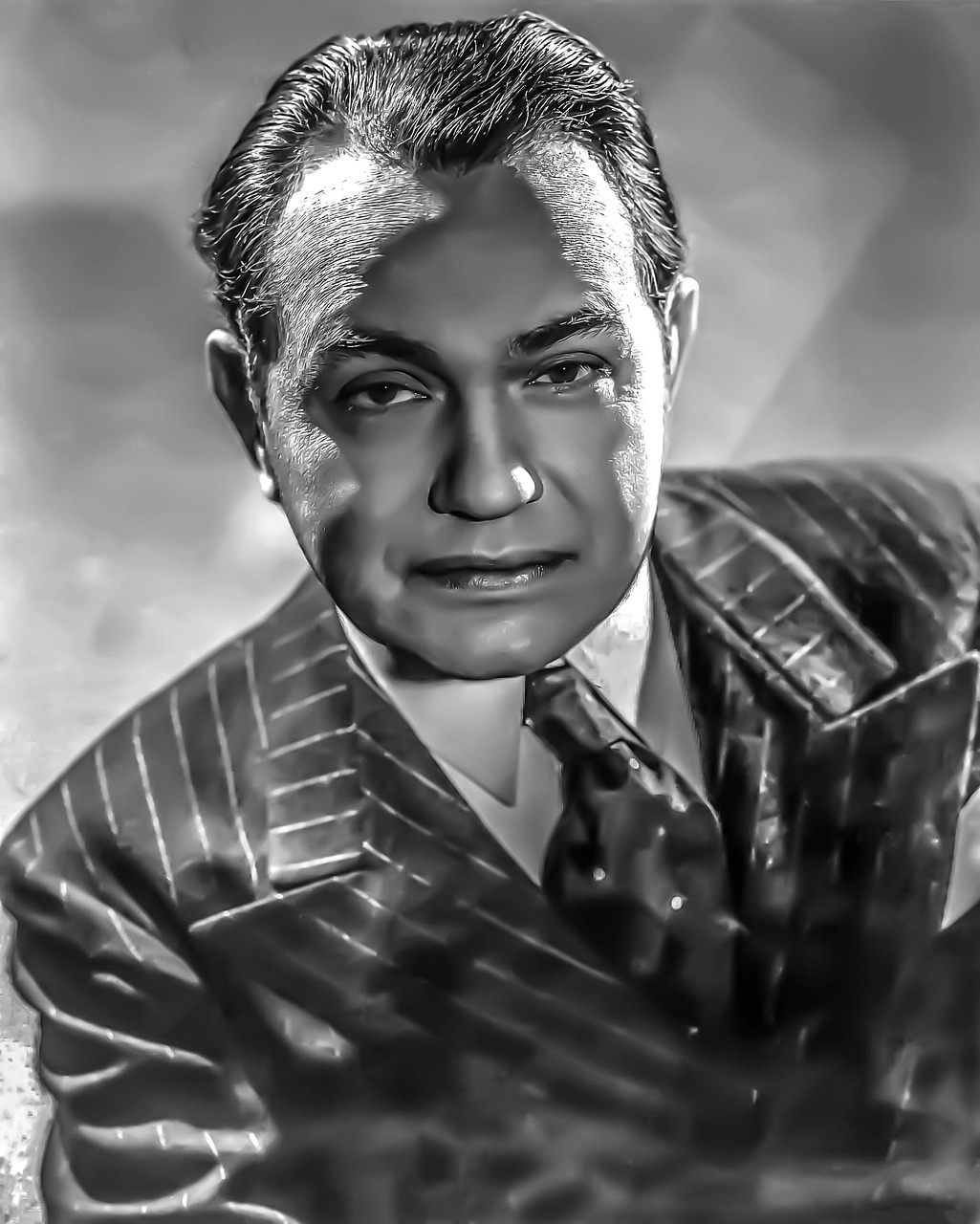
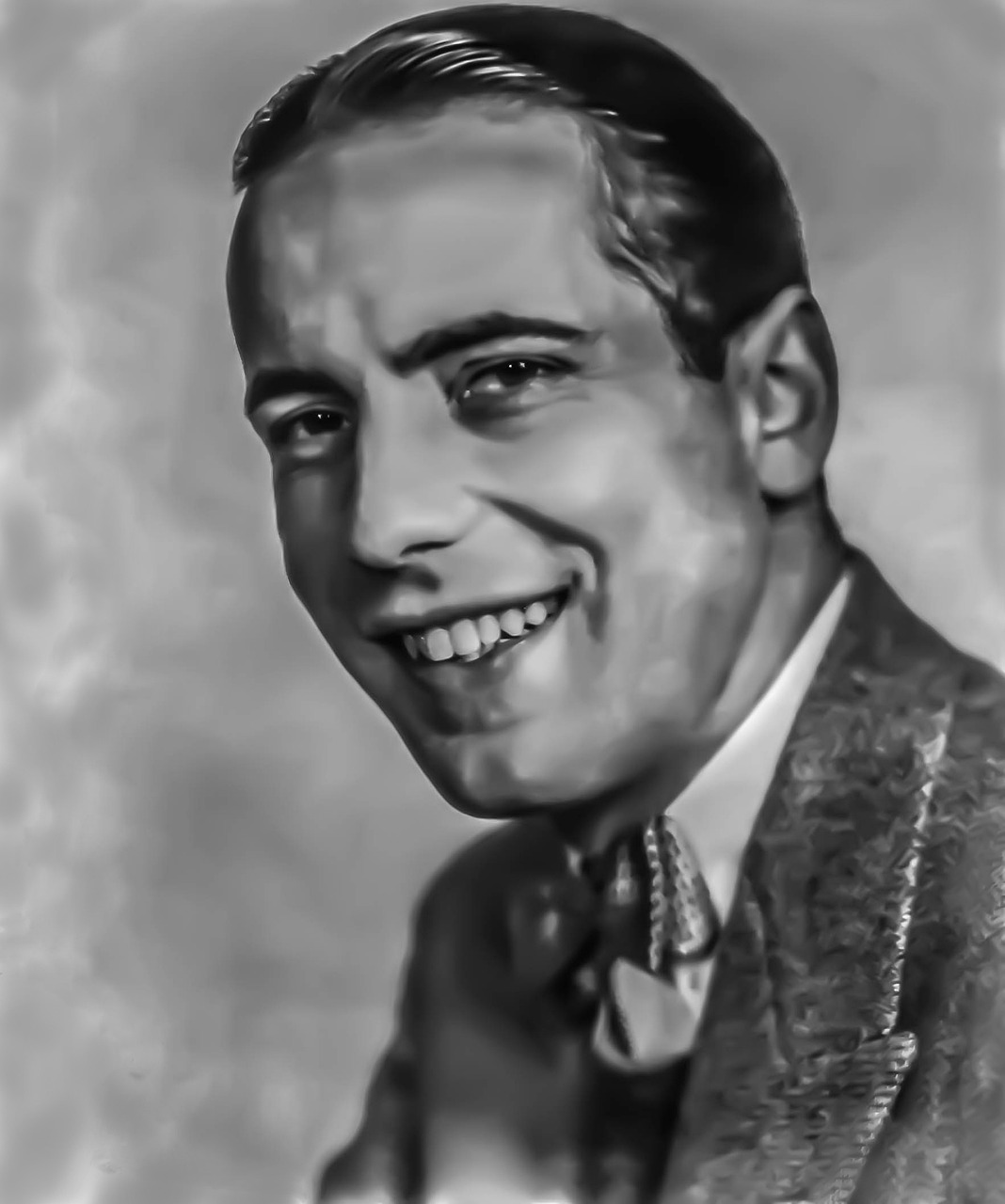
Golden Age of Hollywood
American film production in Hollywood was now dominated by eight major film studios MGM, Paramount, Warner Bros., 20th Century Fox, RKO, Columbia, Universal and United Artists.
During the war-years of the 1940s Hollywood produced some of the all time classic movies and popular film genres of the period that included comedies, musicals, film noir, dramas, suspense and westerns.
Other significant production and distribution companies included Republic, Monogram and PRC.
War Years
During the war-years, the government coordinated with Hollywood to produce films and documentaries related to the war while leading actors and actresses led recruitment and bond drives as well as entertaining the troops.
Some of the top movies of the 1940s included The Philadelphia Story (1940), starring Cary Grant, James Stewart, and Katharine Hepburn (1907–), the comedies of Bud Abbott and Lou Costello, The Grapes of Wrath (1940) about the Depression (1929–41) by John Steinbeck and Citizen Kane (1941) by Orson Welles and Walt Disney's animated symphony performance called Fantasia.
Casablanca
Casablanca (1942) is an American romantic drama film set during World War II, directed by Michael Curtiz and starring Humphrey Bogart, Ingrid Bergman, and Paul Henreid
that was released in the America in January, 1943, and has become iconic ranking consistently near the top of the greatest films in history.
In 1989, the United States Library of Congress selected the film as one of the first for preservation in the National Film Registry for being "culturally, historically, or aesthetically significant".
Humphrey Bogart
Humphrey Bogart enlisted served in the U.S. Navy as a signalman aboard the USS Leviathan, a troop transport ship, in World War I and achieved the rank of Petty Officer 2nd Class.
Big Band Era
The 1940s also marked the beginning of the golden age of swing singers and big bands.
The Big Band Era occurred between 1935 and 1945.
Among the most famous 1940s music groups are the Glenn Miller Orchestra, Duke Ellington Orchestra and Count Basie Orchestra.
Big band artists also include the names Louis Armstrong, Tommy Dorsey and Frank Sinatra.
Benny Goodman
Benjamin David Goodman (May 30, 1909 – June 13, 1986) was an American clarinetist and bandleader became known as the "King of Swing".
The Andrews Sisters
The Andrews Sisters were an American close harmony singing group of the swing and boogie-woogie eras who were nicknamed “America’s Wartime Sweethearts”.
They became favourites of American troops overseas, performing in USO (United Service Organizations) shows and also appeared in a number of films, supporting Abbott and Costello as well as in their own series of musical comedies, which included Private Buckaroo (1942), What’s Cookin’? (1942), and Swingtime Johnny (1943).
Their 1941 hit song, "Boogie Woogie Bugle Boy" is a World War II jump blues song written by Don Raye and Hughie Prince during the Big Band Swing Era (1933–1947).
Other famous Andrews Sisters songs include their first major hit, "Bei Mir Bist Du Schön (Means That You're Grand)" (1937), "Beer Barrel Polka (Roll Out the Barrel)" (1939), "Don't Sit Under the Apple Tree (with Anyone Else but Me)" (1942), and "Rum and Coca-Cola" (1945), which introduced American audiences to calypso.
Biggest stars of the 1940's
Golden Age of Hollywood
Laurence Olivier, Vivien Leigh, Joan Fontaine, Linda Darnell, Hedy Lamarr, Bob Hope, Bing Crosby, Dorothy Lamour, Van Johnson, Orson Welles, Veronica Lake, Alan Ladd,
Ida Lupino, Walter Pidgeon,Bud Abbott, Lou Costello, Betty Grable, Lana Turner, Ingrid Bergman, Jack Benny, Susan Hayward, Gene Kelly, Gene Tierney, Dana Andrews, Vincent Price, Lauren Bacall, Gregory Peck, Frank Sinatra, Linda Darnell, Jeanne Crain, Donna Reed, Glenn Ford, Kirk Douglas, Maureen O'Hara, Gloria Grahame, Virginia Mayo, Ann Miller, Burt Lancaster, June Allyson, Montgomery Clift, Judy Holliday, Ann Sothern.
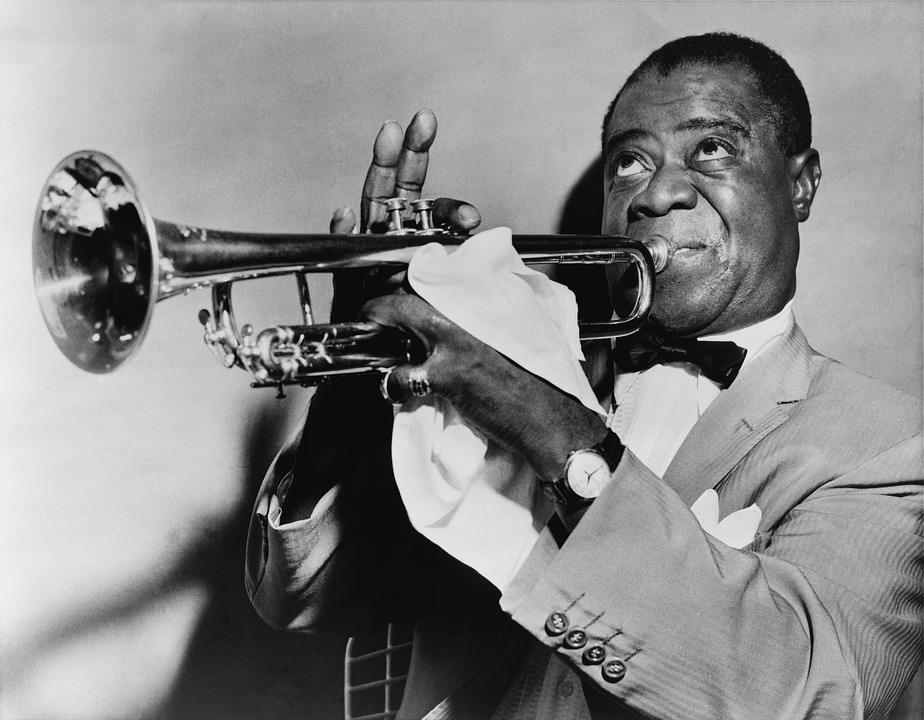
The Fabulous Fifties
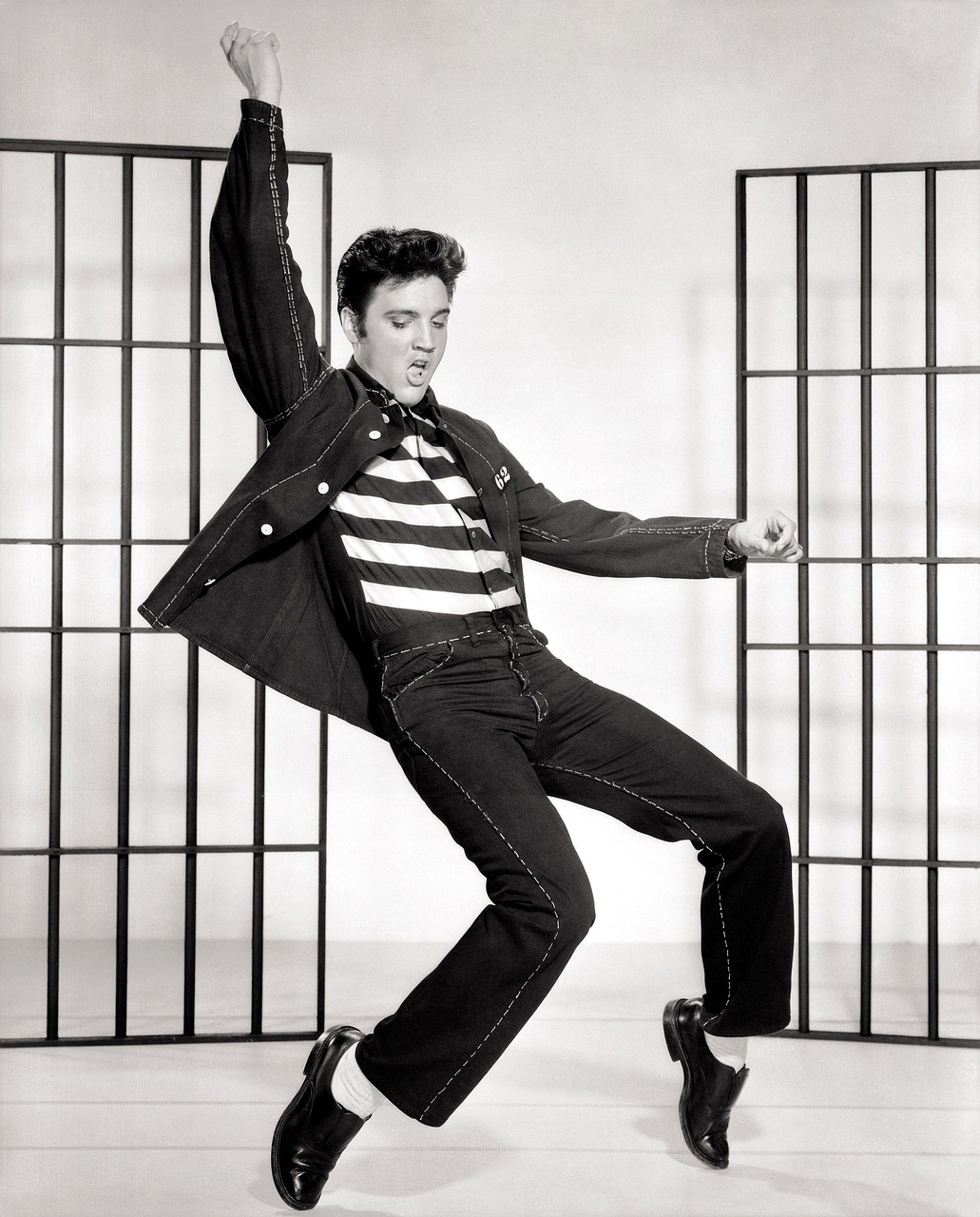
Golden Age of Hollywood
Westerns
Westerns were a major genre during the Silent Era (1894–1929).
According to the BFI, 28.5% of the films made in Hollywood between 1946–1955 were a Golden Age for Westerns featuring iconic films and wonderful casts in celebrated movies such as My Darling Clementine (1946), Red River (1948), 3 Godfathers (1948), She Wore a Yellow Ribbon (!948), High Noon (1952), Shane (1953), The Searchers (1956) and Rio Bravo (1959).
In 1958, the Westerns moved from the cinema to television - 1959 had more than 30 different Westerns on the television screen.
Biblical Epics
Samson and Delilah was the biggest moneymaking movie of 1949 sparking the Biblical-Epic films of the 1950s that included the box-office hits like Quo Vadis (1951), David and Bathsheba (1951), The Robe (1953) and Cecil B. DeMille's The Ten Commandments (1956) and Ben-Hur (1959).
Cecil B. DeMille
Cecil Blount DeMille (August 12, 1881 – January 21, 1959) was an American filmmaker and actor who, between 1914 and 1956 made 70 silent and sound films and is the most commercially successful producer-director in Hollywood film history.
He is acknowledged as a founding father of American cinema and is distinguished by the epic scale of his films that shaped the public's perceptions of Judeo-Christianity.
Biblical Movies by Cecil B. DeMille
*The Ten Commandments (1923)
*The King of Kings (1927)
*The Sign of the Cross (1932)
*The Ten Commandments (1956) - DeMille's final movie, The Ten Commandments (1956), was a remake of his 1923 film.
Samson and Delilah (1949) and The Ten Commandments (1956) are still listed with the top ten all-time box-office champions
Biggest Movie Stars of the Fabulous Fifties
Golden Age of Hollywood
Marilyn Monroe, Rock Hudson, Grace Kelly, Doris Day, James Dean, Elizabeth Taylor, Jerry Lewis, Dean Martin, Audrey Hepburn, William Holden, Debbie Reynolds, Marlon Brando, Natalie Wood, Eva Marie Saint, Dorothy Dandridge, Robert Mitchum, Richard Egan, Sophia Loren, Ava Gardner, Red Skelton, Jane Russell, Rhonda Fleming, Brigitte Bardot, Yul Brynner.
Sadly, Hollywood in the 1950s was an industry in decline with the weakening of the studio system, the Paramount decrees forcing the separation of motion picture production and exhibition companies by court order, the rise of independent productions, declining admissions and the competition of television.
Rock and Roll
Rock and Roll dominated popular music in the mid and late 1950s, and quickly spread to the rest of the world.
Bill Haley and His Comets were the founding fathers of Rock and Roll with Rock Around the Clock because it was the first record heard by millions of people worldwide to start a musical revolution.
Elvis Presley
Elvis Aaron Presley (January 8, 1935 – August 16, 1977) known as the "King of Rock and Roll", is regarded as one of the most significant cultural figures of the 20th century.
Elvis Presley became an international sensation and rose to become the world's greatest king of rock and roll superstar and iconic legend who inspired countless other artists to emulate him.
Elvis Presley has been inducted into five Halls of Fame: Rock 'n' Roll, Country, Gospel, Rockabilly and R&B, sold over one billion records worldwide and made 31 movies as well as two concert documentary films.
Everything he recorded became a hit through his own unique style that was influenced by rockabilly, rhythm and blues, Christian Gospel, and Southern country.
He had charisma, a dynamic stage presence to connect with audiences that took the world by storm to forge an enduring, loyal fan following.
His recordings, hip-swivelling dance moves, clothing and pompadour hairstyle (styled up and slicked back) were the embodiments of rock and roll.
During his lifetime, he had over 150 different albums and singles certified gold, platinum and multi-platinum for which he holds the record among musicians.
His legacy resonates even today as a global icon that transcends social divides to profoundly change the course of music and culture in the mid-1950s".
Elvis Presley has sold over one billion records globally.
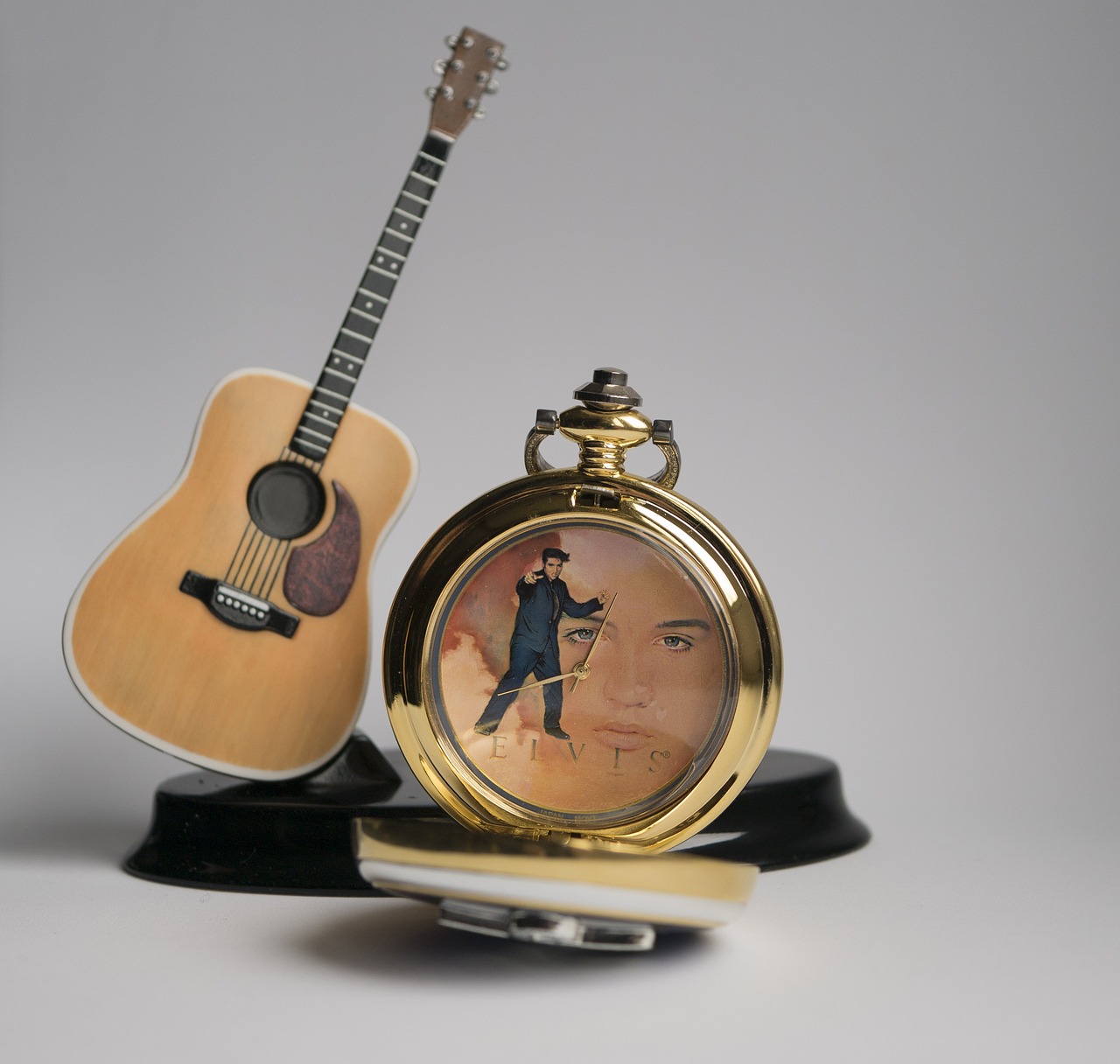
Ezine Articles Author Link
Click on the Link Below

Newsletter Opt-in-Form
The Keen Traveler
Your second block of text...
Recent Articles
-
The Power of Money
Mar 23, 25 03:53 AM
The power of money provides financial security, enables one to fulfill financial needs, improves the quality of life and gives peace of mind during unexpected financial emergencies. -
Simplicity tranquility and enlightenment
Mar 16, 25 06:01 AM
Simplicity tranquility and enlightenment empowers the individual to live lighter and to add value to life through meaningful goals. -
Faith History and Culture
Jan 02, 25 12:48 AM
Faith history and culture have impacted human history in all places and times.


